iPhone 15 vs Samsung Galaxy S23: the key differences
Has the iPhone 15 toppled the Samsung Galaxy S23?
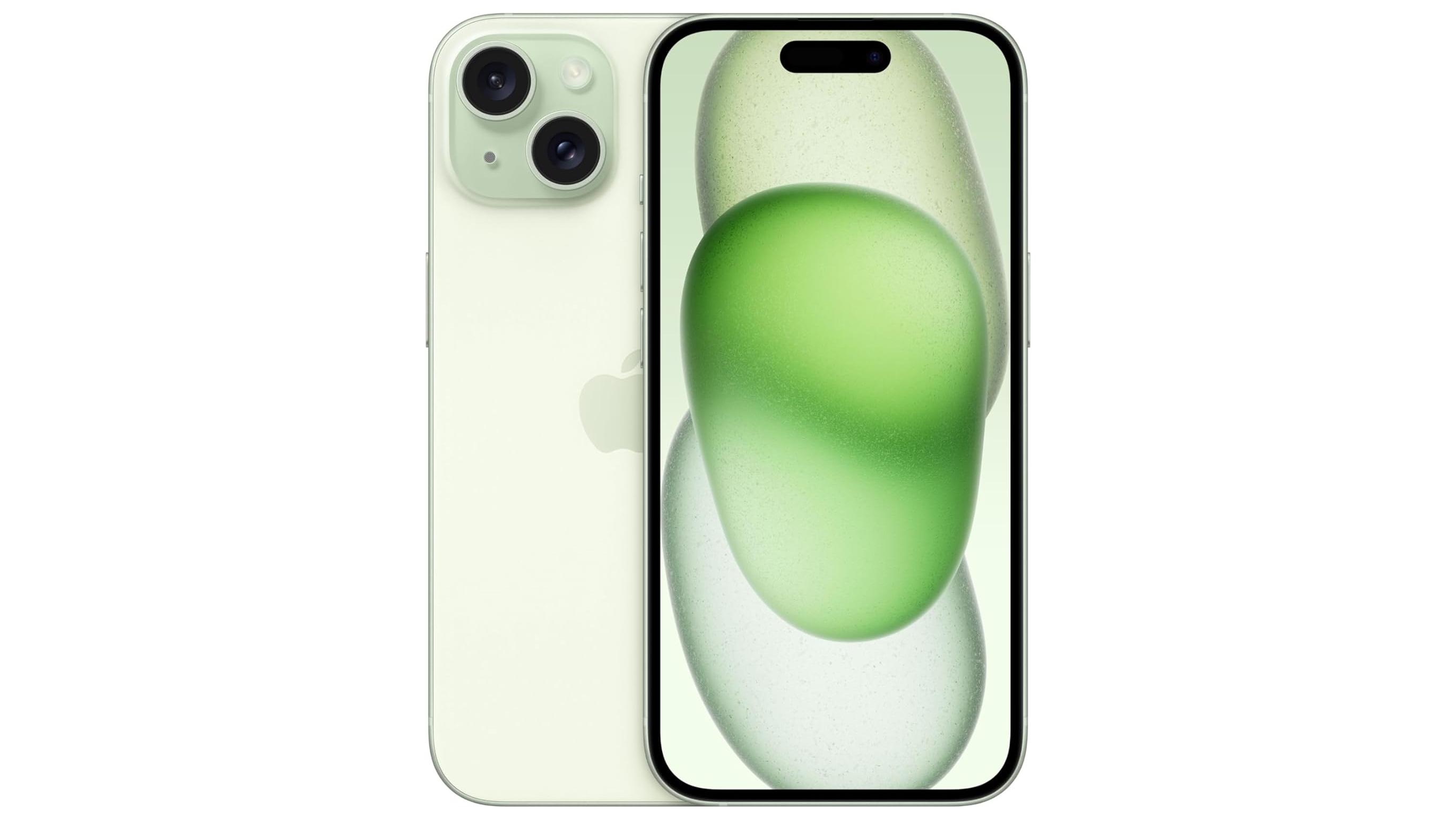
Weight: 171g
Dimensions: 147.6 x 71.6 x 7.8mm
Screen size: 6.1-inch
Resolution: 1179 x 2556
CPU: A16 Bionic
RAM: 6GB
Storage: 128GB/256GB/512GB
Battery: 3,349mAh
Rear camera: 48MP+12MP
Front camera: 12MP
The iPhone 15 lacks some key specs that the Galaxy S23 offers, but with a powerful chipset, a clever Dynamic Island, and a great new camera, this is a strong option.
Pros
- Dynamic Island
- 48MP main camera
- A16 Bionic chipset
Cons
- No zoom lens
- 60Hz refresh rate
- Can run a little hot
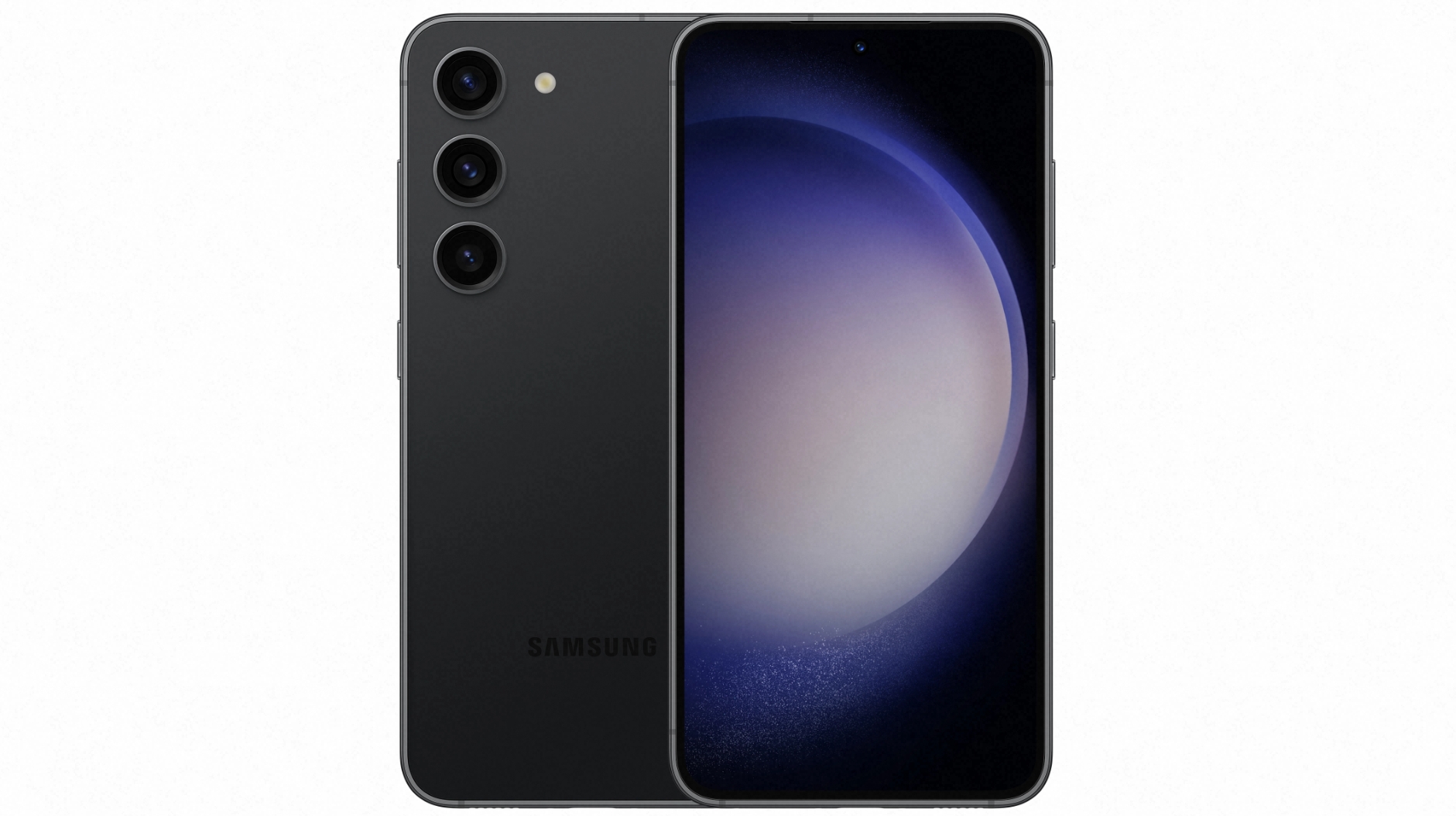
Weight: 168g
Dimensions: 146.3 x 70.9 x 7.6mm
Screen size: 6.1-inch
Resolution: 1080 x 2340
CPU: Snapdragon 8 Gen 2
RAM: 8GB
Storage: 128GB/256GB
Battery: 3,900mAh
Rear camera: 50MP+12MP+10MP
Front camera: 12MP
On paper the Samsung Galaxy S23 has the iPhone 15 beat for camera and screen, but it's a less powerful phone, and a small upgrade.
Pros
- 120Hz refresh rate
- Includes a telephoto lens
- Good battery life
Cons
- Less powerful
- No Dynamic Island
- No 512GB model
Apple and Samsung have been two of the largest smartphone rivals for some time now, so it’s no surprise that every year, consumers are quick to draw comparisons between their respective flagship devices.
Right now, Apple’s iPhone 15 family is up against the Samsung’s Galaxy S23 line, and specifically the Samsung Galaxy S23 itself faces its main competition from the similarly priced iPhone 15.
With that in mind we've compared these two phones, looking at what the specs tell us and also what we've learned in our iPhone 15 review and our Samsung Galaxy S23 review, so you can see how similar they are, and make an informed choice as to which to buy.
iPhone 15 vs Samsung Galaxy S23: specs comparison
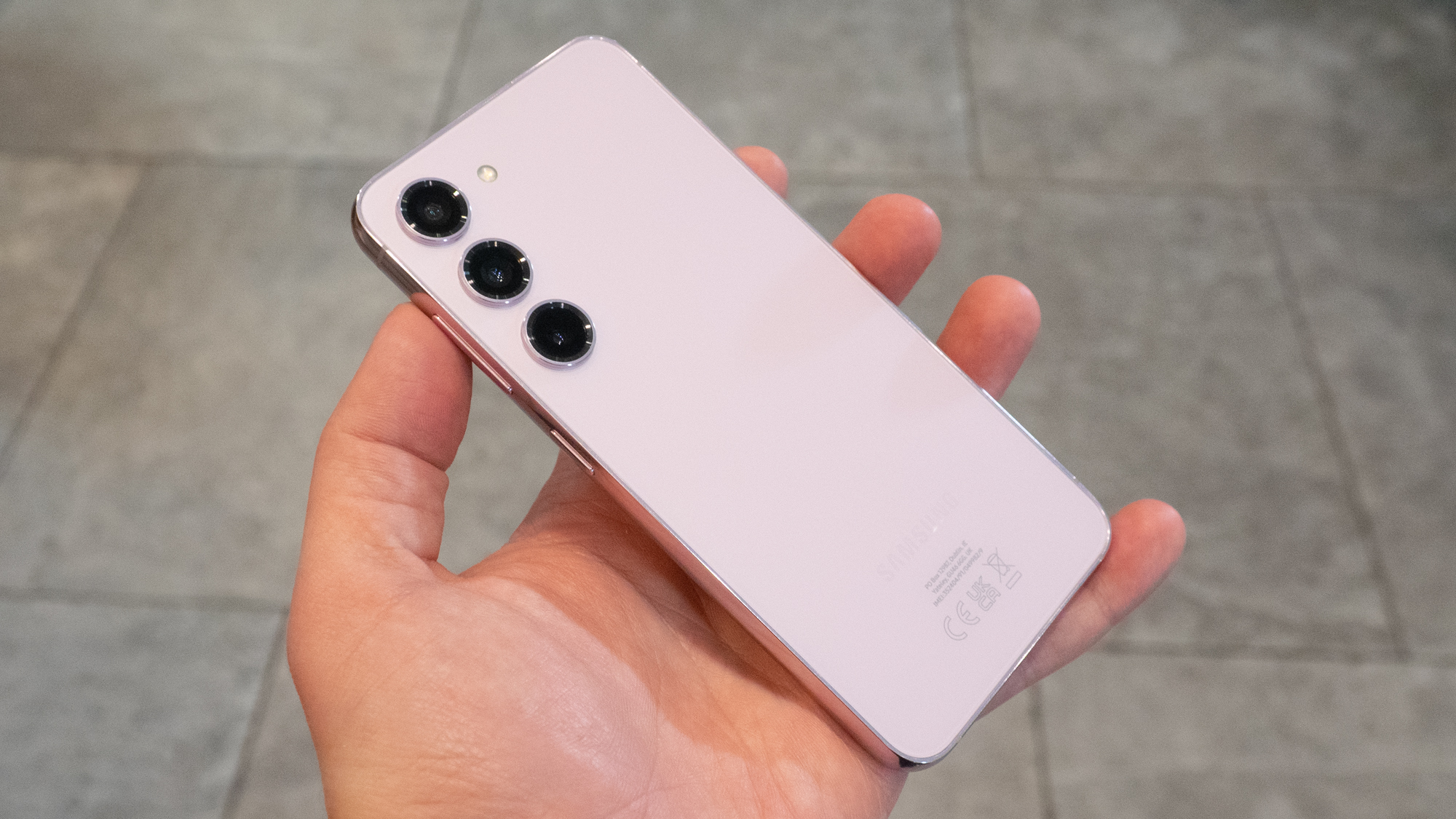
Before we discuss the similarities and differences between these two phones in detail, here's a quick rundown of their key specs, so you can see how they stack up at a glance.
| iPhone 15 | Samsung Galaxy S23 | |
|---|---|---|
| Display: | 6.1-inch OLED | 6.1-inch AMOLED |
| Resolution: | 1179 x 2556 pixels | 2340 x 1080 pixels |
| Refresh rate: | 60Hz | 48Hz-120Hz |
| OS: | iOS 17 | Android 13 |
| Chipset: | A16 Bionic | Snapdragon 8 Gen 2 Mobile Platform for Galaxy |
| Rear cameras: | 48MP main, 12MP ultra-wide | 50MP main, 12MP ultra-wide, 10MP 3x telephoto |
| Front camera: | 12MP | 12MP |
| RAM: | 6GB | 8GB |
| Storage: | 128GB, 256GB, 512GB | 128GB, 256GB |
| Battery: | 3,349mAh | 3,900mAh |
iPhone 15 vs Samsung Galaxy S23: price and availability
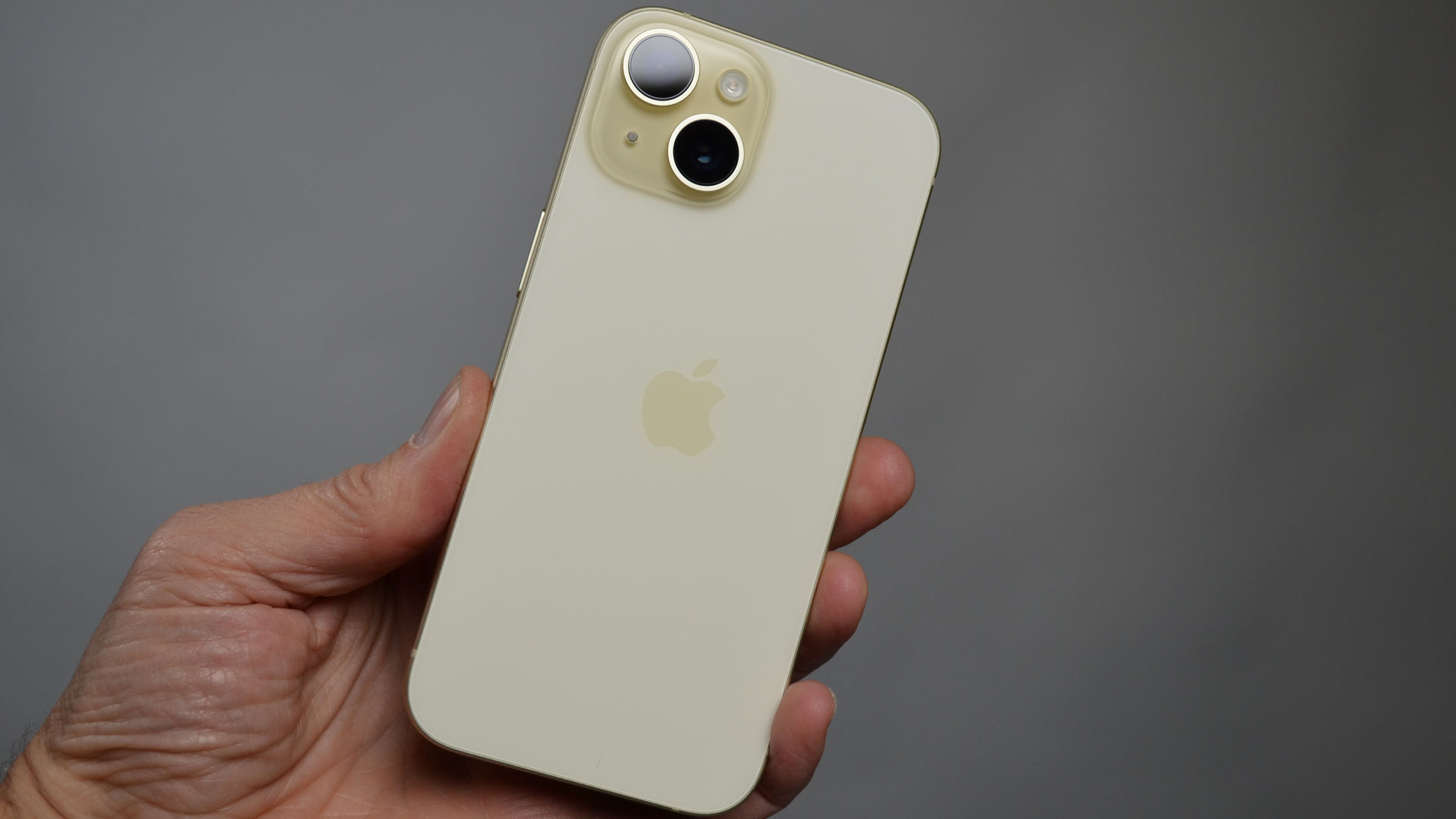
The Samsung Galaxy S23 hit shelves on February 17, 2023, in two storage variants – 128GB and 256GB – costing $799.99 / £849 / AU$1,349 and $859.99 / £899 / AU$1,449, respectively. That said, as it's quite a few months old now it can sometimes be found for less, especially during sales periods.
The iPhone 15 meanwhile shipped on September 22, 2023, and it's available in three storage variants. The lowest priced model is the 128GB one, which costs $799 / £799 / AU$1,499, then there's a 256GB version for $899 / £899 / AU$1,699, and a 512GB model for $1,099 / £1,099 / AU$2,049.
So the starting price is the same for both phones in the US, with the Samsung Galaxy S23 costing slightly more in the UK, and the iPhone 15 costing a bit more in Australia. But they're similarly priced everywhere, and that similar pricing extends to the 256GB models too. The iPhone 15 costs the most at the top end, but that's also with more storage than you can get for the Samsung Galaxy S23.
Sign up for breaking news, reviews, opinion, top tech deals, and more.
iPhone 15 vs Samsung Galaxy S23: design and display
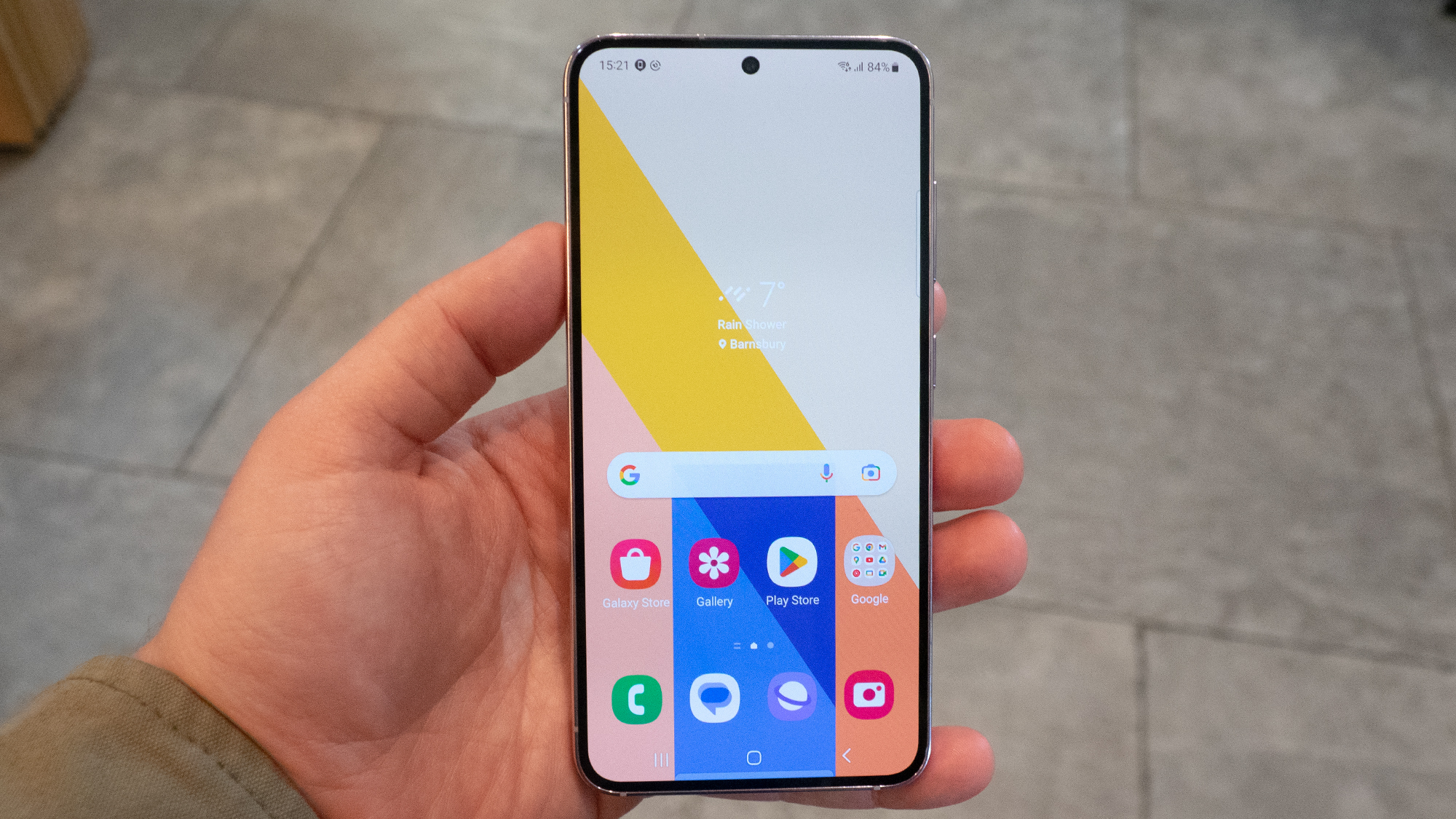
When it comes to the phone’s displays, the Samsung Galaxy S23 uses a 6.1-inch, 1080 x 2340-pixel AMOLED screen with a 120Hz refresh rate, while the iPhone 15 sports a 6.1-inch, 1179 x 2556-pixel OLED display with a lesser 60Hz refresh rate.
So the Galaxy S23 offers a higher refresh rate than the iPhone 15. But it’s not a complete victory, since the latter has a marginally higher resolution display. The iPhone 15's screen can get brighter too, topping out at 2,000 nits of brightness, compared to 1,750 nits for the Samsung Galaxy S23.
Plus, the iPhone 15 has inherited the Dynamic Island screen cut-out – first seen on the iPhone 14 Pro and iPhone 14 Pro Max – which gives the device a more premium appearance compared to older iPhone models. The Dynamic Island also offers more functionality than the S23’s punch-hole camera, so that’s worth considering.
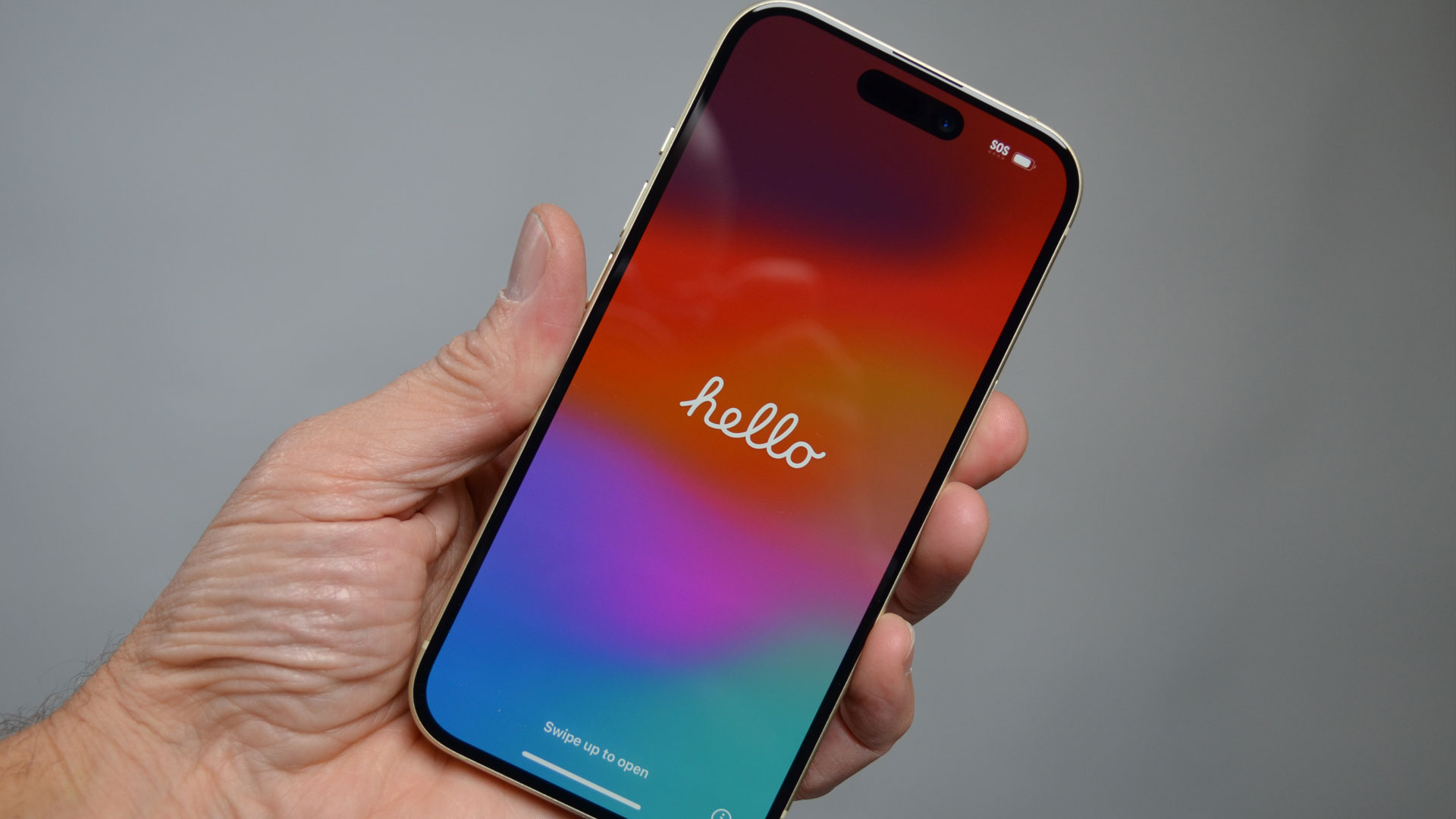
On the design front, the Samsung Galaxy S23 measures 146.3 x 70.9 x 7.6mm and weighs 168g. The phone has a flat screen with a punch-hole camera at the top, and its three rear cameras protrude individually rather than being housed in a single camera block, as on the Samsung Galaxy S22.
The S23’s bezels are as narrow as you’d hope to see on a high-end phone, its back is made from Gorilla Glass Victus 2, and its frame is metal. You get IP68 dust and water resistance, too, which is the standard for premium handsets these days.
The iPhone 15 measures 147.6 x 71.6 x 7.8mm and weighs a slightly heavier 171g. Like the Galaxy S23, it has a toughened glass back, an aluminum frame, and an IP68 rating. Its rear cameras have a very different layout though, being housed in a squarish block at the top.
So in many ways the design of these phones is similar, with the Dynamic Island on the iPhone 15 arguably being the biggest visual difference. Their colors also differ though. The iPhone 15 colors include black, pink, yellow, blue, and green, while the Samsung Galaxy S23 colors are cream, lavender, green, black, lime, and graphite.
iPhone 15 vs Samsung Galaxy S23: cameras
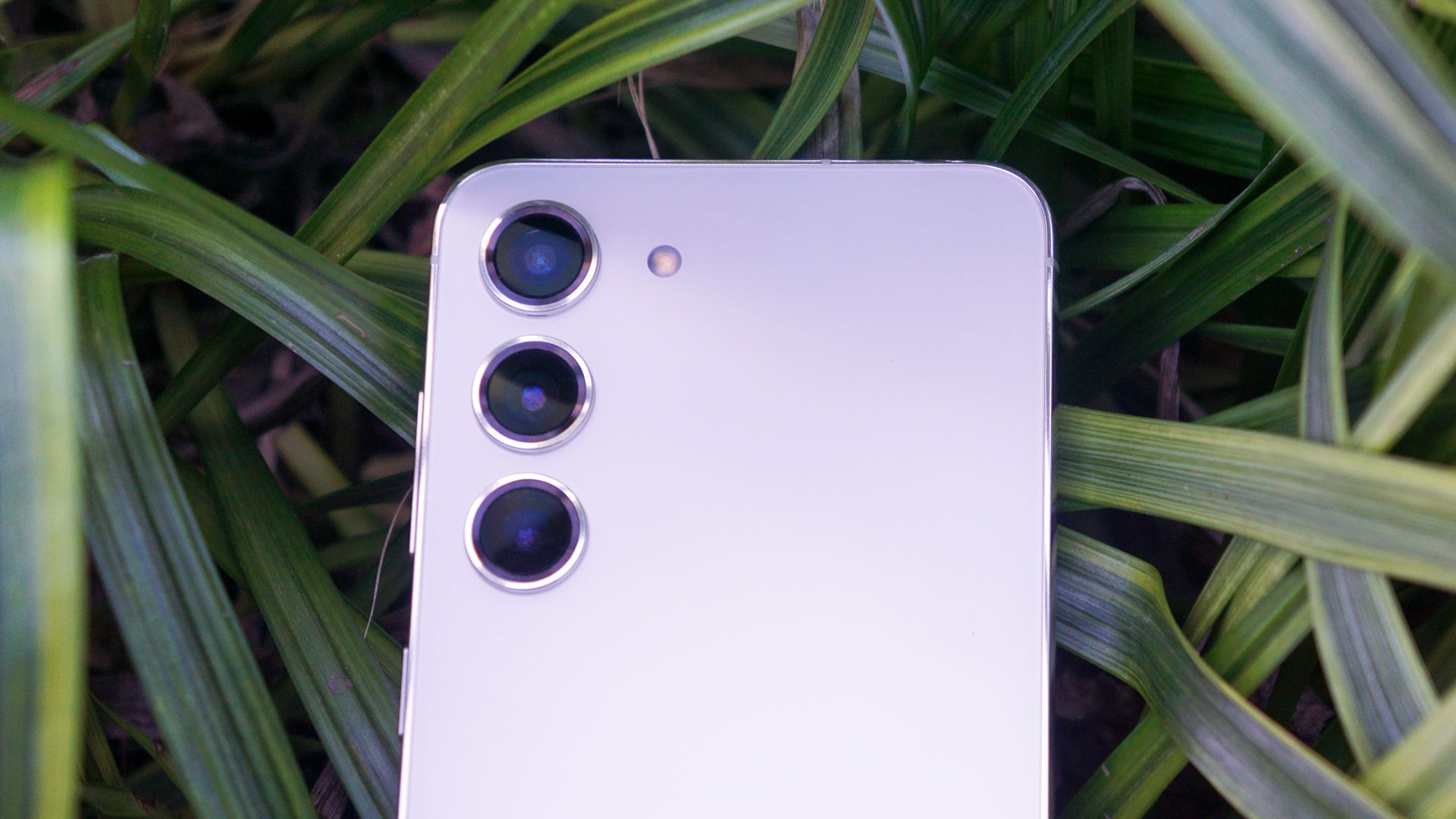
The Samsung Galaxy S23 boasts the following triple-sensor setup:
- 50MP main (24mm, ƒ/1.8)
- 12MP ultrawide (13mm, ƒ/2.2)
- 10MP telephoto (70mm, ƒ/2.4)
As for the iPhone 15, it has just a dual-lens rear camera, with the following setup:
- 48MP main (26mm, f/1.6)
- 12MP ultra-wide (13mm, f/2.4)
The main upgrade on the iPhone is to the main sensor, which was just 12MP on the iPhone 14. This new camera brings it more in line with the Samsung Galaxy S23's main camera, and its ultra-wide has similar specs to Samsung's as well.
The main difference is just that you get a telephoto snapper with 3x optical zoom on the Galaxy S23, while on the iPhone 15 there's no dedicated telephoto lens (though the main camera can take optical-quality 2x zoom shots by cropping into the frame).
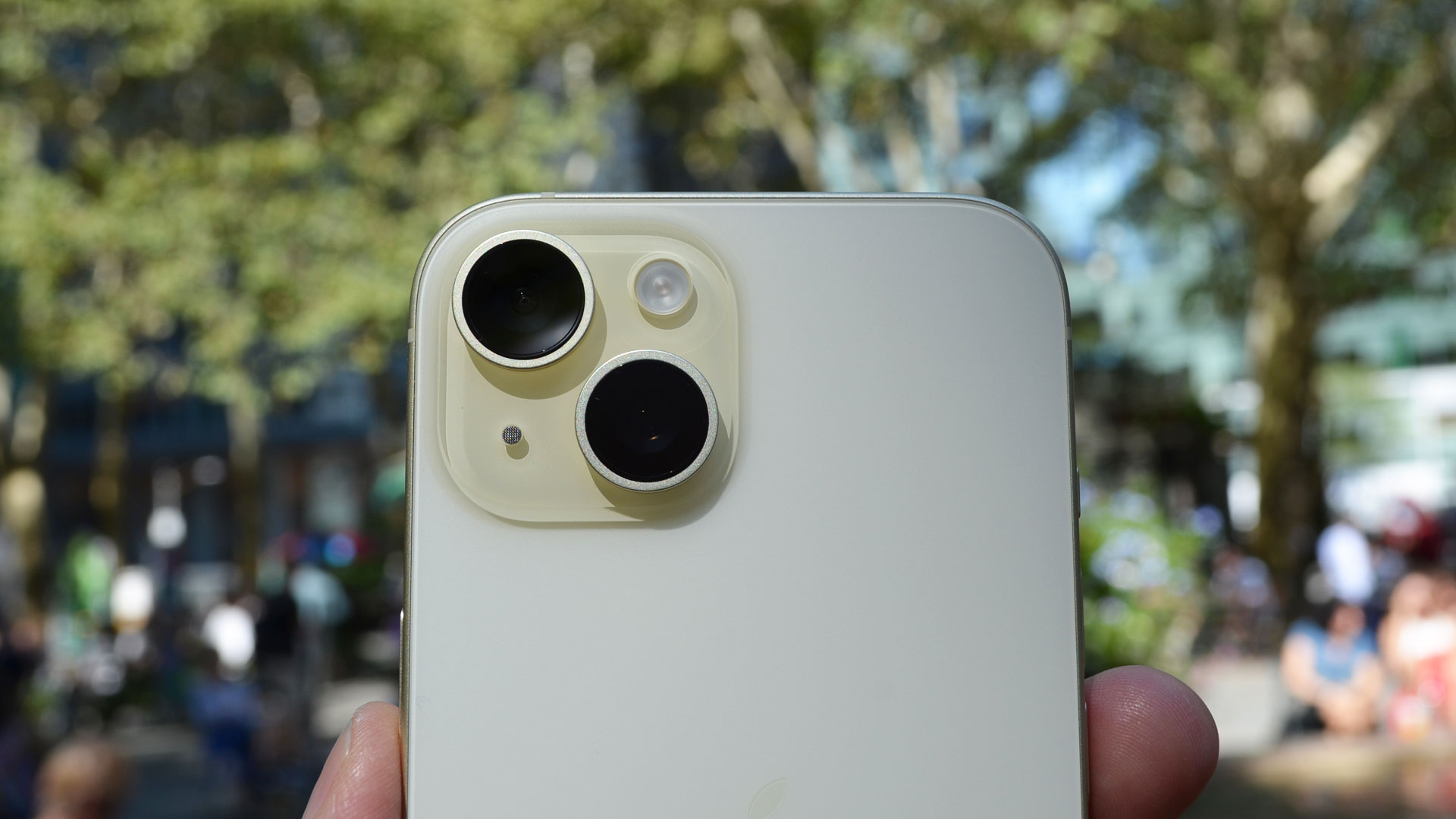
In our reviews, we were impressed by both camera setups, saying of the iPhone 15 that "a nice big main camera leap is paired with some truly impressive computational photography", and of the Samsung Galaxy S23 that it has "a great camera array backed by better image processing for even better photos."
Still, the extra lens on the Samsung Galaxy S23 arguably gives it the edge, at least in terms of versatility.
When it comes to selfie-snapping, the iPhone 15 hasn't upgraded its predecessor’s 12MP front-facing sensor. The Galaxy S23 likewise uses a 12MP front-facing camera, so it’s even there.
iPhone 15 vs Samsung Galaxy S23: performance
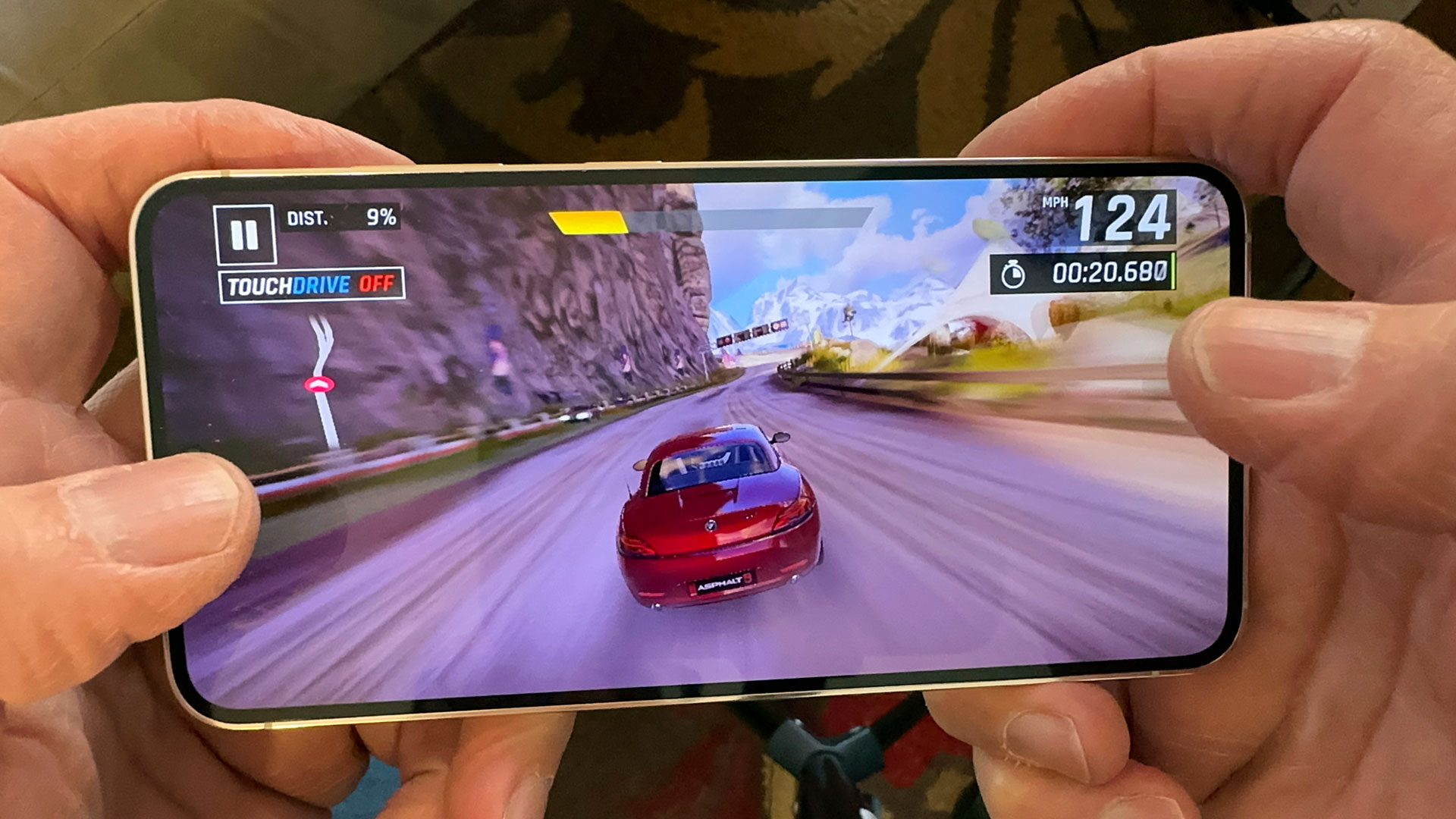
Talking performance, the Samsung Galaxy S23 uses Qualcomm’s Snapdragon 8 Gen 2 for Galaxy chipset, with 8GB of RAM offered on every variant as standard.
The iPhone 15 uses the A16 Bionic – aka the chip also sported by its Pro-level predecessors – alongside 6GB of RAM. So Samsung wins on the RAM front, but comparing RAM amounts in iPhones with Android phones is almost meaningless, since Apple utilizes RAM differently and always makes a little memory go a long, long way.
In fact, the iPhone 15 outperforms Samsung's phone in most benchmarks, thanks to its chipset.
Both phones have high-end power though, and neither disappointed on that front in our reviews, so you shouldn't feel either is lacking for performance.
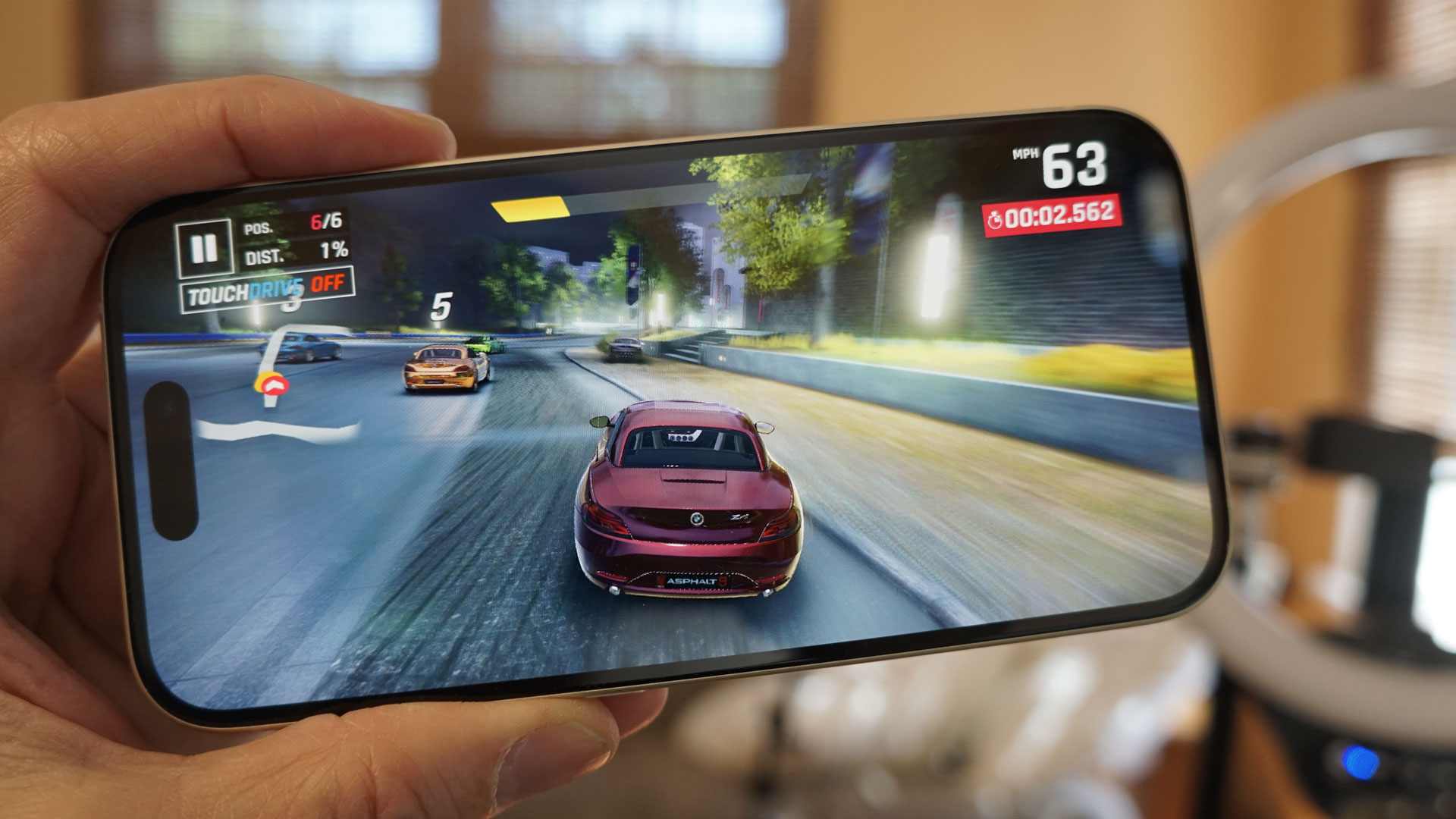
The biggest real difference between iPhones and Samsung’s Galaxy phones is the software they run. The Galaxy S23 runs Android 13 overlaid with Samsung’s One UI 5.1 interface (and Android 14 likely landing on it soon), while the iPhone 15 runs iOS 17. But there's no clear winner here, it’s just a matter of personal preference.
iPhone 15 vs Samsung Galaxy S23: battery
The iPhone 15 has a marginally larger battery than the iPhone 14, taking its capacity up to 3,349mAh. But that's still well below the Samsung Galaxy S23, which boasts a superior 3,900mAh battery.
In practice, we found that the iPhone 15 offers a solid day of life, while with the Samsung Galaxy S23 you can get over a day. So that's a win for Samsung's phone, but battery life shouldn't be drastically different.
In terms of charging, the Samsung Galaxy S23 offers 25W wired charging and 15W wireless charging. The iPhone 15 sticks with its predecessor’s 20W wired charging and 15W wireless charging capabilities, despite the addition of a USB-C port replacing the aged Lightning connection.
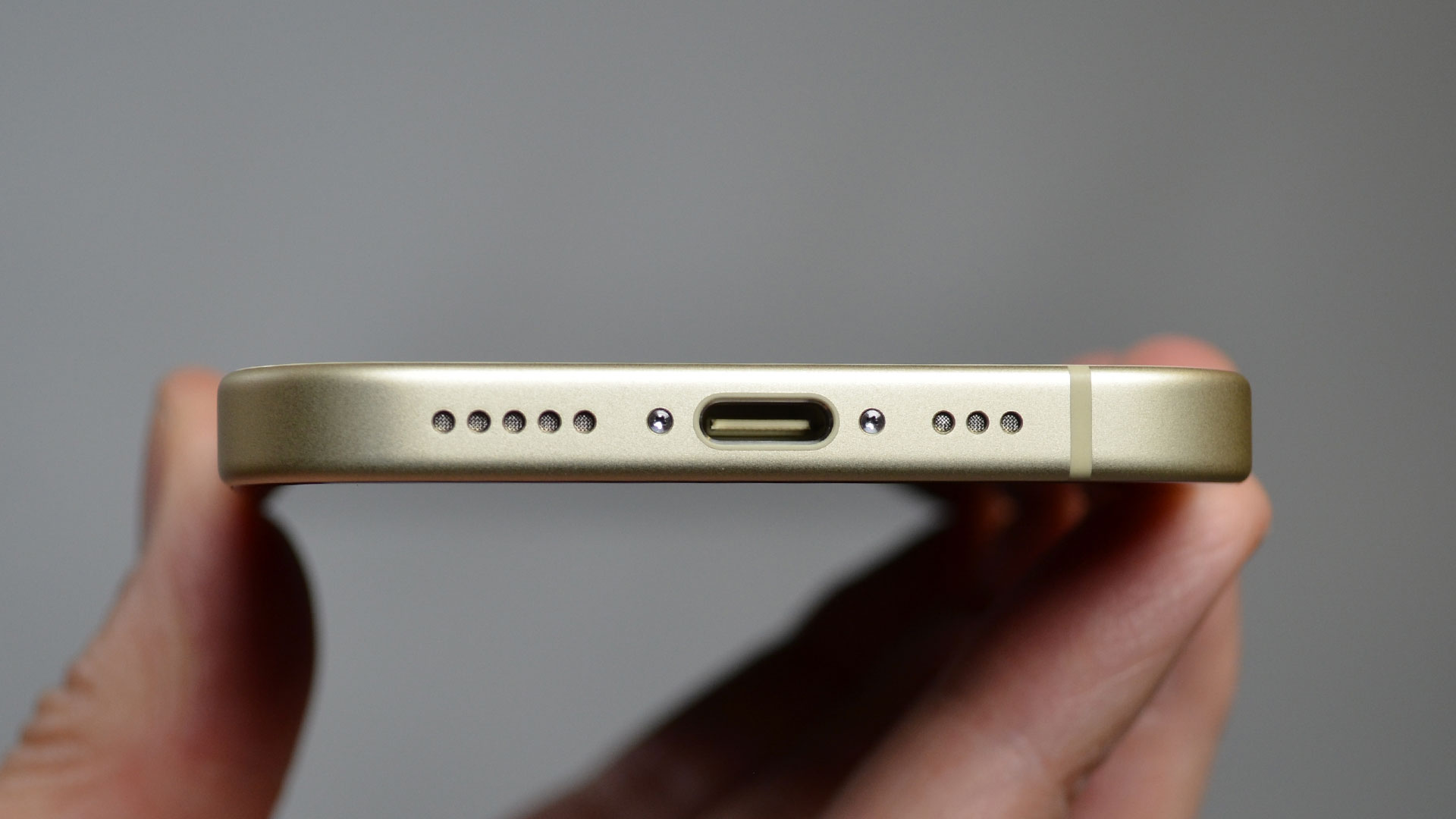
The Galaxy S23 offers slightly more powerful wired charging than the iPhone 15 (25W vs 20W) then, but the real world differences will be negligible.
iPhone 15 vs Samsung Galaxy S23: verdict
So what should you consider when choosing between a Samsung Galaxy S23 and an iPhone 15? Well, one thing you don't need to consider is the price, as they cost almost exactly the same amount.
The Galaxy S23's screen offers a superior refresh rate to the iPhone 15, but the iPhone has Apple’s Dynamic Island, so that’s one premium feature apiece in terms of the phones’ respective displays.
Both devices use USB-C, and their body designs remain broadly consistent with what Samsung and Apple have been doing for several years with their flagship phones, save for some superficial changes.
On cameras, the Samsung Galaxy S23 out-specs the iPhone 15. The latter lacks the former’s telephoto lens, so if you’re into long-distance photography, the Samsung is the better choice. But both phones can take excellent photos.
The Samsung Galaxy S23 has marginally better battery life too in our tests, yet the iPhone 15 should have slightly more power if benchmarks are to be believed, though in real-world use you'll struggle to tell much difference.
In all, the Galaxy S23 is an extremely solid choice for existing Samsung fans who aren’t fussed about the Samsung Galaxy S23 Ultra’s superior camera capabilities, while the base iPhone 15 is – by and large – a cheaper version of Apple's excellent iPhone 15 Pro.
In truth, there's probably nothing on either phone that would convince existing Samsung or Apple fans to defect to the other side. However, they're both strong handsets in their own rights.
James is a freelance phones, tablets and wearables writer and sub-editor at TechRadar. He has a love for everything ‘smart’, from watches to lights, and can often be found arguing with AI assistants or drowning in the latest apps. James also contributes to 3G.co.uk, 4G.co.uk and 5G.co.uk and has written for T3, Digital Camera World, Clarity Media and others, with work on the web, in print and on TV.